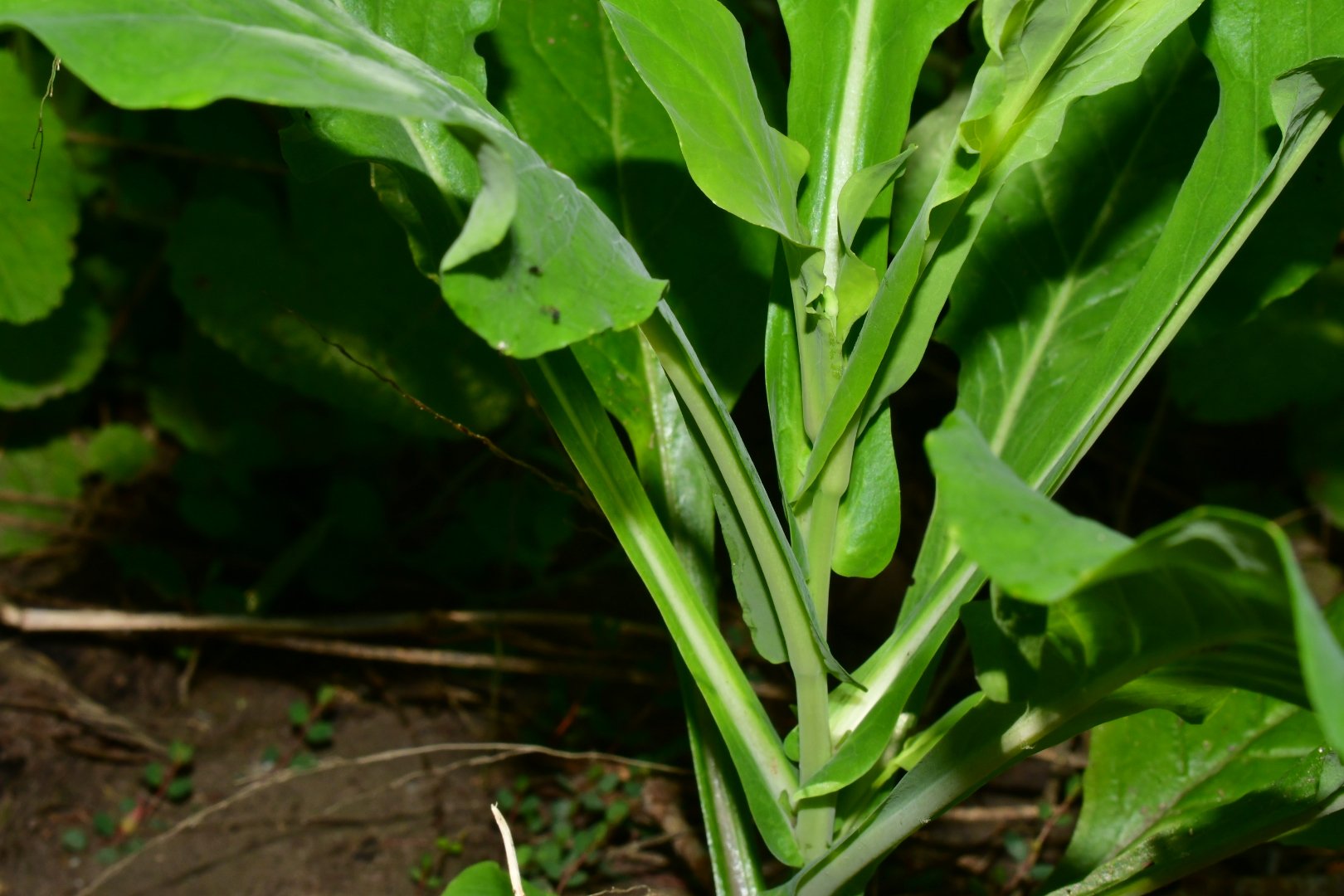South Texas' Rarest Brassica
Thelypodiopsis shinnersii was a plant that I'd never heard of until a couple weeks ago, when I read somewhere that it was a little-known mustard that only occurs in a few places in South Texas near Harlingen. There are reportedly a few populations in Tamaulipas, too. Anytime a plant is rare or in this case, imperiled, it warrants attention as to why. In the case of this tiny annual brassica, the reason is probably an inability to compete with the massive amount of invasive weeds that have taken up space in its former habitat, among other factors.
The plant habitat of South Texas is among some of the most disrespected and unappreciated of anywhere I've been, and the dominant culture here is immediately hostile to the native landscape, usually unable to see the beauty or wonder in the dense scrub of cacti and multi-stemmed shrubs that compose the thorn scrub and thorn forest. It's not surprising to me to see plants like this one that are on the verge of extinction.
Thelypodiopsis shinnersii, or Mostacillastrum vaseyi, as Al-Shabahz (the brassica expert) re-named it, doesn't grow in thorn forest. Instead, it grows on the margins of wet areas, where I saw it growing with another plant that's find of wet, salty areas : Borrichia frutescens.
The population here was so tiny that I didn't feel it right to take an herbarium voucher, especially since it wasn't even in flower (it flowers in March). I briefly surveyed up and down the trail next to the arroyo, but most all of the surrounding land was covered in invasive Guinea grass.
It's easy to distinguish from other plants due to its sessile, auriculate leaf bases, and when in flower, small white 4-petaled flowers




